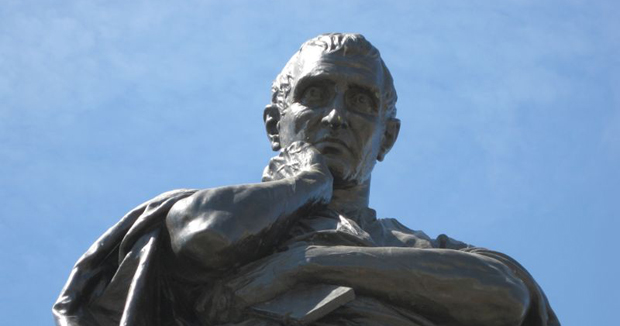


& amp amp quot & amp amp quot The many ancient sources of Botticelli’s Primavera have long been recognized, among them a passage in Ovid’s calendar poem, the Fasti the painting quotes Ovid’s version of a Roman-origin legend, the story of Flora. The multiple Ovidian resonances of the Primavera raise the issue of the political character of literary and visual art, whether supportive and even propagandistic or, as in the case of Ovid, also subtly skeptical in its relation to authority.

Ovid - like Seneca, also an important presence in the Primavera - was recognized in the Renaissance as a symbol of the difficult relationship between intellectuals and power, between culture and the state. Finally, Botticelli’s appeal to Ovid, the poet of exile, is not innocent. Further, both painter and poet exploit the legal associations of apostrophe, giving emphasis to a dynamic process of interaction, even contestation.

In the Fasti, Flora acts as an active presence conversing directly with the poet-as-character, while in the Primavera she challenges the separation of pictorial space and the viewers’ space. A crucial example is apostrophe, a familiar trope involving direct address, often unexpected, on the part of an orator or poet to a relevant figure or personification. The poem is, however, more crucial to the development of the imagery than hitherto suspected, in that the Primavera is marked by an intertextual engagement with the poem as a literary work, even at the level of specific rhetorical, expressive, and even ideological functions. "The many ancient sources of Botticelli’s Primavera have long been recognized, among them a passage in Ovid’s calendar poem, the Fasti the painting quotes Ovid’s version of a Roman-origin legend, the story of Flora.


 0 kommentar(er)
0 kommentar(er)
